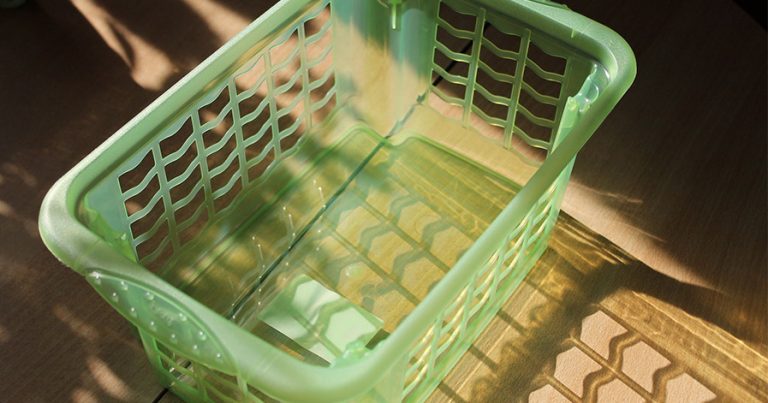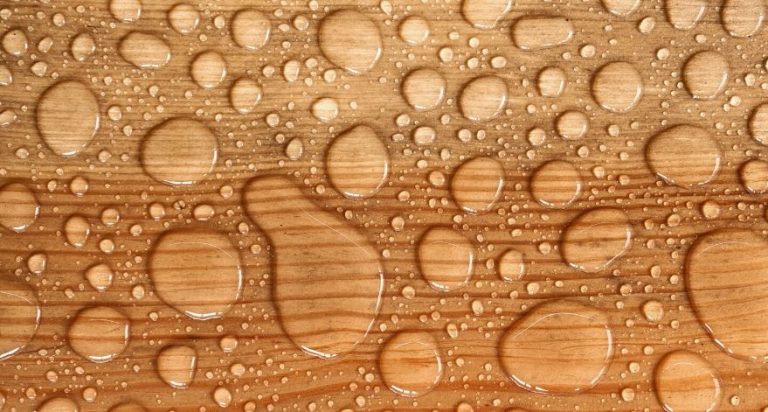Pristine Clothes in No Time: How to Do Laundry
Make This a Simple Weekly Task
Doing the laundry doesn’t have to be a nightmare. Taking a little time to prepare in advance means that doing the laundry doesn’t have to become difficult or time-consuming.
You will need to sort the clothes that need to be washed, treat any stains on your garments and add the right dose of laundry detergent to the load. Once this is done you will need to determine the right washing cycle and temperature of the water for the load to be washed.
This simple guide will help you from start to finish, ensuring there are no mishaps and your laundry will be spotlessly clean the first time every time.
Sorting the Laundry to Be Washed
Make piles of similar types of fabric by separating the fabrics into heavy, lightweight or thin. You can then choose the correct washing cycle appropriate for the load.
- A heavy fabrics pile can include jeans, sweatshirts, pants, hoodies or jackets.
- A lighter fabrics pile may include t-shirts, thin pants and blouses
- A separate pile for lingerie, pantyhose, underpants and the like
It is wise to separate the washing into lights and darks to avoid any of the whites getting discolored due to color bleed from the darker fabrics.
Treating Stains
If at all possible try and treat any stains with a stain remover or detergent immediately. If you treat the stain as it occurs, you will have a better chance of removing it.
- Apply some detergent or stain remover to the stain and gently rub in the solution. Allow it to remain for a minimum of five minutes before including the item in the washing load.
- Another way to treat stains is to add detergent to a sink or bucket of cold water and allow the stained garments to soak for approximately 30 minutes.
Adding Detergent
Always buy detergents which are suitable for the type of washing machine you use. There are brands of detergents specifically designed for top loaders and front loading machines. If you or anyone in the family have allergies or have sensitive skin, purchase detergents that are natural and fragrance-free so as to avoid any issues with the detergents ingredients.
Front loading machines usually have a sliding drawer where you can add the detergent before the washing cycle begins. The machine will automatically dispense the detergent during the washing cycle.
Top loading machines can function in one of two ways. There may be a sliding drawer for the detergent that will dispense on the washing cycle, or you may be required to fill the machine with water first before adding the detergent directly into the water and before adding the laundry.
As a rule of thumb, always read and follow any instructions that come with the washing machine if you are unsure how to add the detergent
Follow the instructions on the detergent packaging to determine how much you must add, depending on the size of the load. Different types of detergents offer varying degrees of strength so it is important to read the instructions to avoid adding too much detergent
Adding too much detergent to your load could cause the detergent to leave a soapy residue on your laundry after the washing cycle.
Adding Bleach for Whites
If you want to add bleach to keep your whites from fading, there should be a drawer near to where you add the detergent for the addition of bleach. Read the instructions on the bleach packaging so you know how much to add.
Some brands of bleach are color safe so you can safely add it to your colors load for that extra brightness
Fabric Softener
If you are want to avoid static and want your fabrics to be extra soft, adding a fabric softener of your choice to the load will do the trick, This is especially helpful if the water in your area is hard.
Choosing the Right Washing Cycle and Water Temperature
Not all fabrics are the same and will react differently to various washing cycles and water temperatures. Always read the manufacturer tags on the clothing to give you an indication of the specific washing requirements.
- The normal or regular setting on the machine is ideal for sturdier fabrics like jeans.
- The heavy duty setting is for fabrics that are very dirty.
- Some machines have a setting for delicates — the washing cycle will be more gentle so as not to damage the fabrics.
Cold Water
In most cases, you can use cold water for all your laundry washing. Most of the detergents on the market are designed to work optimally with cold water. Additionally, the fabrics will last much longer with a cold wash as opposed to a hot wash.
- Washing in cold water reduces energy consumption saving you money.
- Most modern detergents are designed to remove germs in cold water washing.
Hot Water
If you have extremely dirty laundry that is caked with muck and grime from work or sports, then washing in hot water may help the detergent to remove the dirt.
- Remember that repeatedly using hot water for washing will fade the colors of the fabric over time.
- It is best to avoid using hot water on freshly stained clothes as it could cause the stain to become permanent. As for new colored clothing, the hot water could cause the colors to bleed and cause fading or light patches on the material.
Avoid Overfilling
Never overload your washing machine! Most manufacturers have instructions on how to load the machines for optimal performance or a fill line within the machine itself. Do not force more laundry into the machine than what is recommended for your make and model.
- Overfilling your machine can make the washing cycle less effective, leaving the laundry not properly cleaned.
- Overfilling the machine may make the load too heavy for the machine to handle, causing the machine to labor under the load and break.
It may seem overwhelming when you first start doing the laundry, but as with all chores around the house, practice makes perfect. Hopefully, this article has given you some points to ponder and tips on how to get the very best out of your laundry washing experience.

